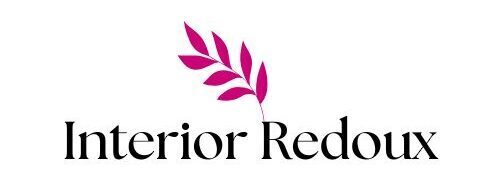Choosing the right water heater for your home is a major decision that affects your comfort, energy bills, and long-term costs. The two main options—tanked (traditional storage) and tankless (on-demand)—each come with distinct advantages and disadvantages.
In this blog, we’ll break down the key differences between tanked and tankless water heaters to help you determine which system best fits your household’s needs, budget, and lifestyle.
🔍 What’s the Difference?
- Tanked Water Heaters store a set amount of hot water (usually 30–80 gallons) and keep it heated continuously.
- Tankless water heaters provide hot water instantly as it passes through the system, eliminating the need for a storage tank.
✅ Pros of Tanked Water Heaters
- Lower Upfront Cost
Traditional tank water heaters are much more affordable upfront in terms of both purchase and installation. - Simple Installation & Maintenance
Most plumbers are familiar with these systems, and parts are readily available. - Good for High Simultaneous Use
Multiple fixtures can use hot water at once without overloading the system. - Less Sensitive to Water Quality
Tanked systems tend to be more forgiving in areas with hard or mineral-heavy water.
❌ Cons of Tanked Water Heaters
- Limited Hot Water Supply
Once the tank is empty, you’ll need to wait for it to reheat. - Higher Energy Bills
The system keeps water hot 24/7—even when you’re not using it—leading to standby heat loss. - Larger Physical Footprint
Tanked systems are bulky and require significant space. - Shorter Lifespan
They usually last between 8 and 12 years, depending on upkeep and water quality.
✅ Pros of Tankless Water Heaters
- Endless Hot Water
Heats water on demand, so you’ll never run out—perfect for large families or back-to-back showers. - Energy Efficient
No standby energy loss means lower utility bills—especially in smaller households. - Longer Lifespan
Tankless units last 15–20 years, nearly twice as long as traditional tanks. - Compact Size
Wall-mounted and space-saving—ideal for smaller homes or utility closets.
❌ Cons of Tankless Water Heaters
- Higher Upfront Cost
The unit and installation can cost 2–3 times more than a tanked system. - May Require Upgrades
Older homes may need electrical panel or gas line upgrades to support tankless systems. - Flow Rate Limitations
May struggle to meet demand if multiple showers and appliances run at once. - Water Quality Sensitivity
Hard water can damage internal parts without a proper filtration or softening system.
📊 Side-by-Side Comparison
| Feature | Tanked | Tankless |
| Hot Water Availability | Limited to tank size | Unlimited (on demand) |
| Upfront Cost | Lower | Higher |
| Lifespan | 8–12 years | 15–20 years |
| Energy Efficiency | Moderate (standby loss) | High |
| Space Required | Large footprint | Compact |
| Maintenance | Moderate | Higher (flush, descaling) |
| Flow Capacity | Strong for simultaneous use | May be limited |
🛠️ Installation & Maintenance Considerations
Regardless of the type, professional installation is a must. Improper installs can lead to:
- Leaks or water damage
- Code violations
- Poor performance
- Voided warranties
Regular maintenance can also maximize your unit’s lifespan. Here’s a general guideline:
| Task | Tanked | Tankless |
| Flush sediment | Yearly | Yearly (more critical) |
| Anode rod check | Every 2–3 years | N/A |
| Descaling | N/A | Every 6–12 months in hard water |
🏡 Which One Is Best for You?
Here’s how to decide:
- Choose Tanked If:
- You want a lower upfront cost
- Your home has high water usage at the same time
- You don’t plan to stay long-term or resale value isn’t a concern
- Choose Tankless If:
- You want long-term energy savings
- You value unlimited hot water
- Ideal if you’re short on space or prefer a sleek, modern system
💬 Final Thoughts
Both tanked and tankless water heaters have their place in today’s homes. The best choice depends on your budget, household size, long-term goals, and how you use hot water. If you’re still unsure, your local plumbing expert can assess your home and provide recommendations tailored to your needs.

